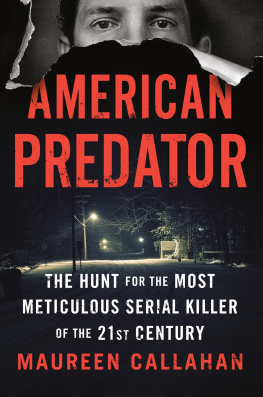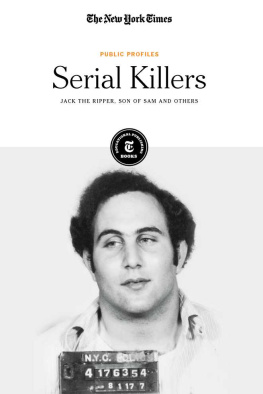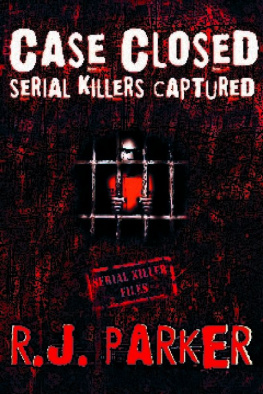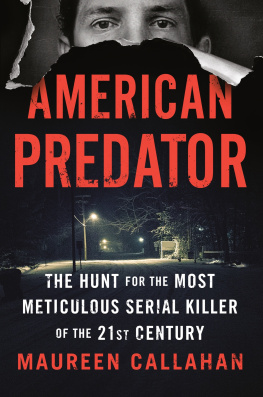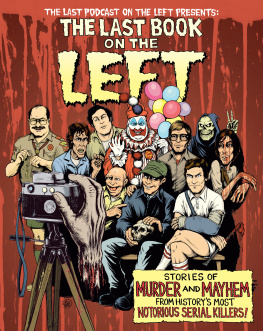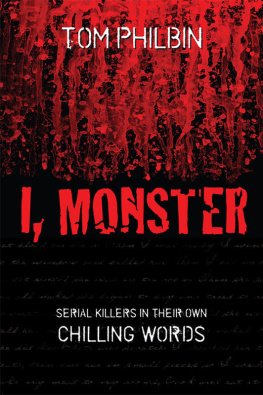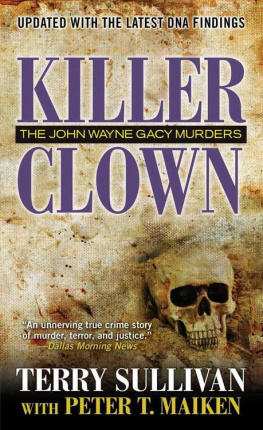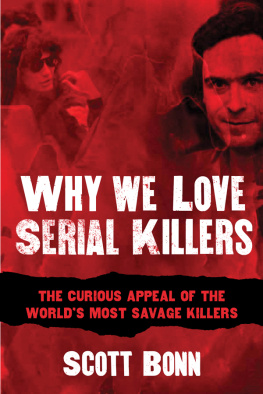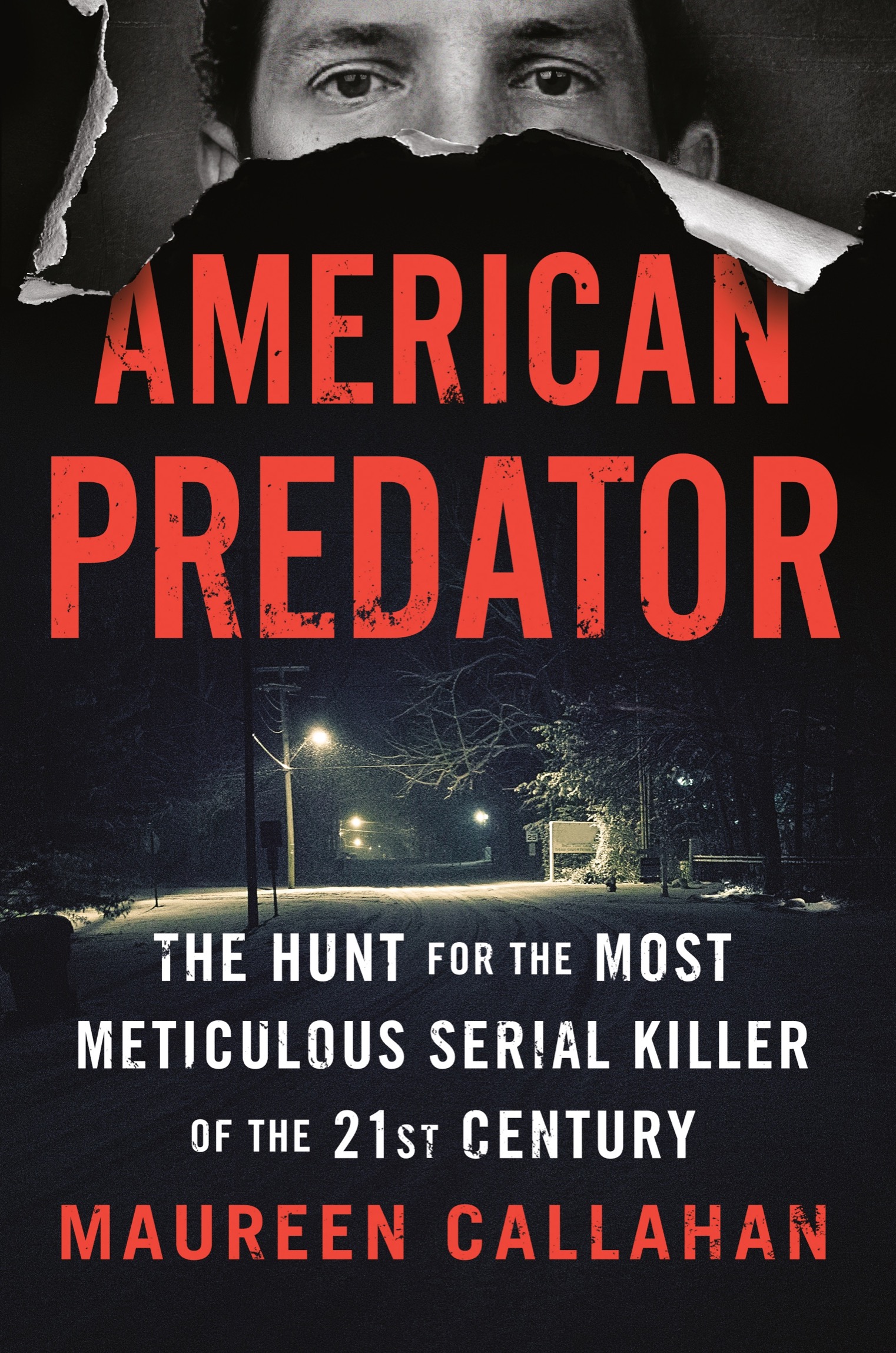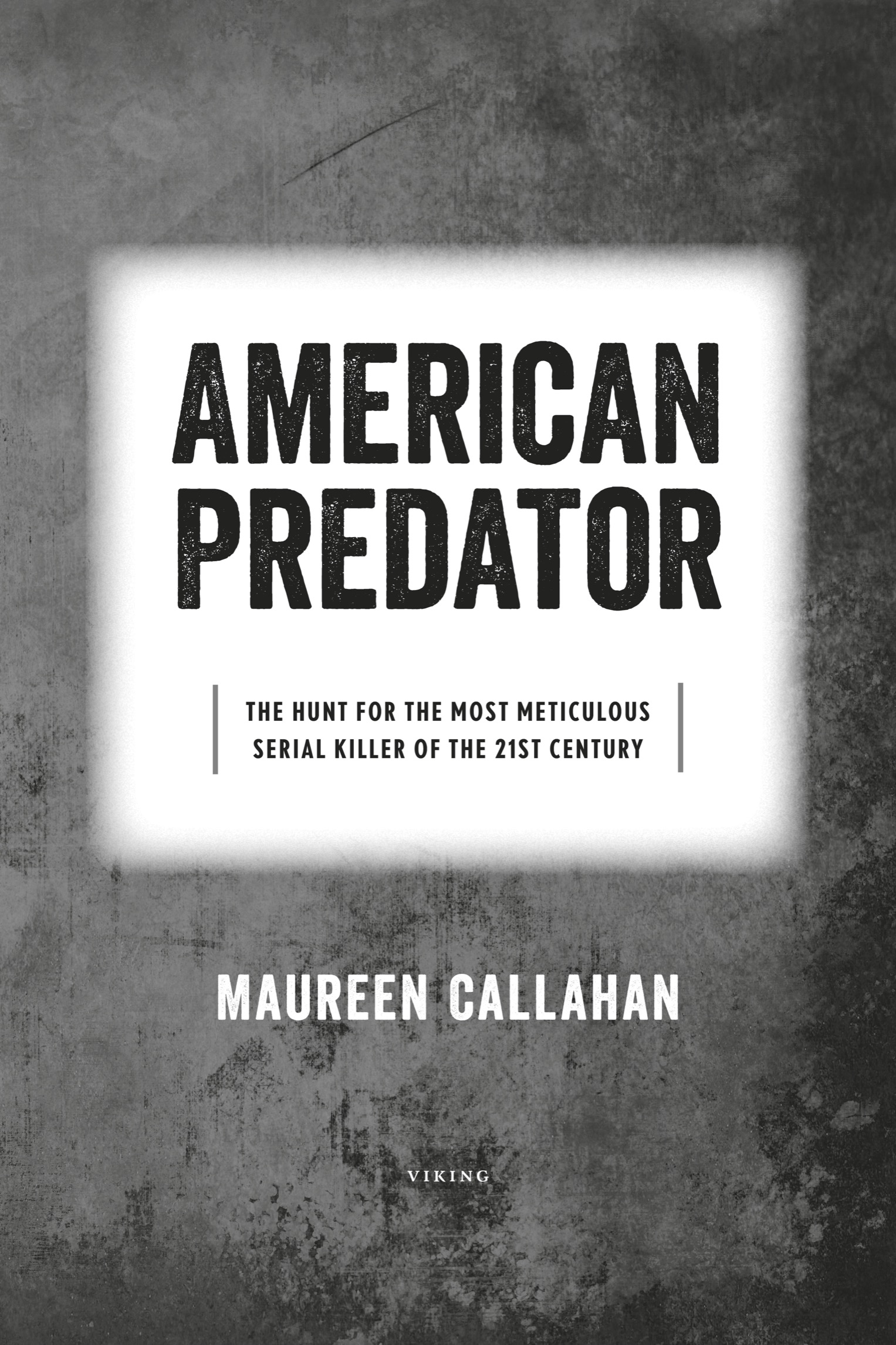This book is based on hundreds of hours of interviews with most of the special agents on this case. Passages where someones thoughts are described are based on information they gave directly.
In some cases, FBI interrogations have been condensed and edited for clarity.
ONE
On the side of a four-lane road, obscured by snowdrifts five feet high, sat a small coffee kiosk, its bright teal paint vibrant against the asphalt and gray big-box stores. Drivers passing by could see the familiar top peeking above the piles of snow, this cheerful but lonely little shack.
The night before, eighteen-year-old Samantha Koenig had been working this kiosk alone. Now she had vanished. She had been on the job for less than a month.
She was reported missing the morning of Thursday, February 2, 2012, by the first barista to show up at the coffee kiosk that day. That barista felt something was not rightSamantha was usually very responsible about closing the kiosk properly, but this morning things were out of place and the previous days take was gone.
What little the Anchorage Police Department had learned about Samantha in one day left them with almost no leads. She was a popular high school senior who sometimes cut class and maybe had a history with drugs. She got along with everyone, not just the cool kids. She had two main people in her life: her boyfriend, Duane, who shed been dating for almost a year, and her single father, James.
So: What to make of this scene? Yes, Samantha could have been kidnapped, but to investigators, it seemed more likely that she had gone off on her own. The police found no signs of a struggle. Inside the kiosk was a panic button, and Samantha hadnt hit it. Shed been using her cell phone before and after she had gone missingfighting with Duane, texting him to leave her alone, fighting over her certainty he was cheating on her.
Then again, she had also called her dad, asking him to stop by the kiosk with some dinner.
Why do that if she was planning to run away?
To the sergeant of the Anchorage Police Department, this seemed like a good test run for field training a novice. He decided to give the case to Detective Monique Doll, a third-generation cop, thirty-five years old, working her first day in homicide. Doll had spent ten years in narcotics, four of those undercover with the DEA. She had a lot to recommend her.
Doll stood out, too, as one of the most glamorous officers in Anchorage. She looked like her name, blonde and beautiful, though she answered to the androgynous nickname Miki. She was married to another star at APD, the handsome Justin Doll, and they were something of a local power couple.
So the sergeant told Doll: Youre lead on this. Suspicious circumstance, he called it.
Across town, FBI Special Agent Steve Payne was tying up a drug case when a friend at the police department called. This is common practice in Anchorage, a big city that runs like a small town. Cops, FBI agents, defense lawyers, prosecutors, judgeseveryone knows everyone. It is the paradox of being Alaskan: This state is home to rugged individualists who nonetheless know there will come a time, amid the cold, unpitying winters, when they will need help.
Payne was told that an eighteen-year-old girl had disappeared early the night before and had sent some angry texts to her boyfriend. One emerging theory had Samantha stealing the days take to fund a day or two off on her own. Happened in Anchorage all the time.
Yet Payne wasnt so sure. Planning to disappear requires long-range strategy and sophistication. Samantha seemed like a young girl with very little money. Payne was a regular at these roadside coffee kiosks and could only guess how little the baristas were paid, these young girls who often worked alone, were made to wear bikinis in the summer. It was not an easy life.
Besides, where would a teenage girl go by herself on a dark and freezing Wednesday night? The weather had been brutal, just over 30 degrees, snow covering the ground. Samantha didnt have her pickup truck that night; her boyfriend Duane did. Anchorage isnt a walkable city. Samantha just wandering off, alone and on foot, made no sense. If she had gone to a friends house, as shed told Duane in texts last night, chances were the police would already have found her.
He offered to help.
Weve got enough people, came the reply. We think we know what this is.
Payne hung up. This didnt sit right. As he well knew, the first rule of any investigation was to keep an open mind. You didnt try to fit a personal theory to a possible crime.
He had heard that the police never even taped off the kiosk earlier that morning, when Samantha was reported missing, and her fellow barista then spent the morning serving customers. If the kiosk was in fact a crime scene, it had already been contaminated.

